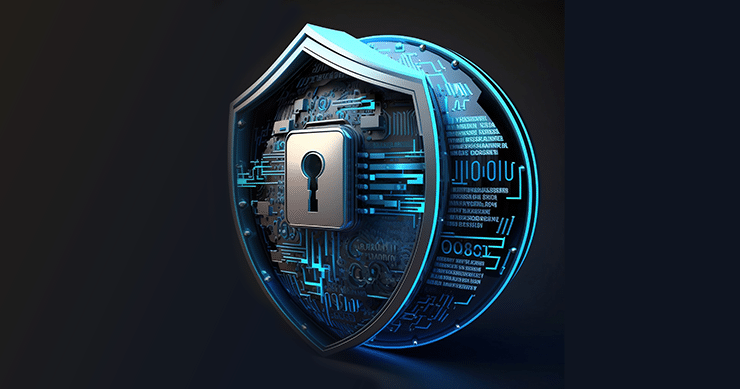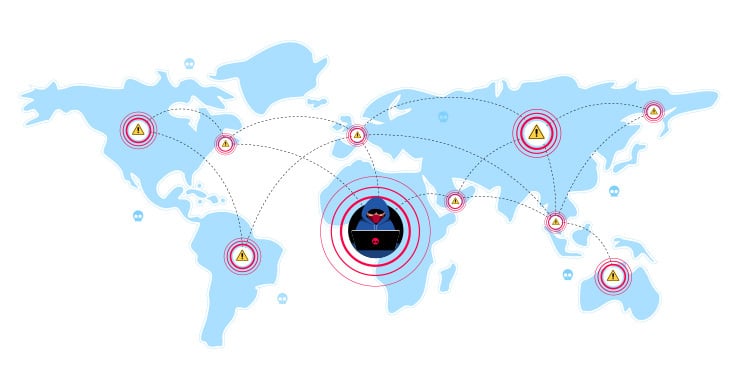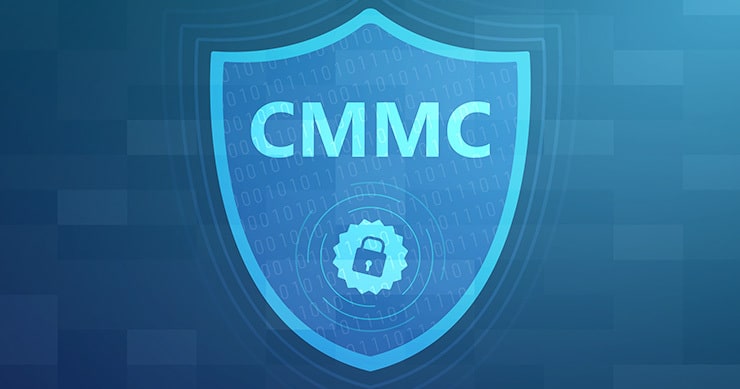What is Cybersecurity Automation? Cybersecurity automation involves the use of technology, algorithms, and predefined processes to automatically handle and execute security tasks. These tasks range from routine, repetitive operations...
What Are Compliance Operations? Compliance operations encompass multifaceted processes and activities undertaken by organizations. They systematically identify, assess, and mitigate legal and regulatory compliance risks, guiding businesses toward ethical...
EU’s Corporate Sustainability Reporting Directive (CSRD), in effect since January 5, 2023, mandates EU businesses, including qualifying EU subsidiaries of non-EU companies, to report comprehensively on the environmental and...
What is Content Disarm and Reconstruction? CDR is a cybersecurity technique that disassembles and reconstructs files to ensure they are free from hidden threats. Its primary objective is to...
Merriam-Webster’s definition of calculated risk: Calculated Risk in Cyber Risk Management In the context of cyber risk management, a calculated risk refers to the strategic and deliberate acceptance of...
What is a CISO Board Report? A CISO board report is a strategic document that bridges the communication gap between the CISO and the organization’s leadership, particularly the board...
What is Compliance Gap Analysis? Compliance gap analysis, often referred to simply as gap analysis, is a vital process that helps organizations assess their adherence to specific compliance standards...
What is Continuous Auditing? With automated technologies readily available on the digital market, auditors can now analyze vast volumes of data in significantly shorter time frames, giving rise to...
Due diligence is an investigative process that is carried out to assess an entity under consideration. In business, due diligence calls for a thorough review of relevant factors before...
What Are Complimentary User Entity Controls? When you think of third-party risk management, what usually comes to mind is the process of vetting third-party vendors to ensure they comply...
What is Compliance Tracking? Compliance tracking is a monitoring process that ensures that compliance requirements are being met and identifies new compliance risks. Compliance tracking aims to ensure that...
Defining Cybersecurity Mesh Architecture Cybersecurity mesh architecture (CSMA) refers to an architectural model that integrates disparate and widely distributed security tools into a scalable, composable, and collaborative environment. (If...
A security audit systematically evaluates a company’s information system’s security by gauging how closely it adheres to predetermined standards. A thorough audit often evaluates the security of the system’s...
The risks may vary but the goal does not: reducing risk through remediation or mitigation. Risk registers are not a new concept, but a cyber risk register is a...
What is Cyber Risk Score A cyber risk score is a numerical assessment of the level of security of an organization’s networks and systems. It is a measure of...
What Are Cyber Security Ratings Cyber security risk ratings are an important metric for businesses to consider when assessing their security posture. Knowing where your organization stands in terms...
What is CVSS Scoring Cybersecurity is an all-encompassing state of protection from unauthorized use of electronic data. It is an endless cycle of identifying and mitigating threats and risks...
What is Cyber Risk Remediation? Cyber risk remediation is a process of identifying, addressing, and minimizing cyber vulnerabilities and risks that can potentially harm IT systems and security. Cyber...
What is the Definition of Cybersecurity Architecture? Cybersecurity Architecture, also known as Security Architecture or Network Security Architecture, describes the structure and behavior of an enterprise’s network security processes,...
What is a Security Controls Crosswalk? A control crosswalk helps link two different frameworks by connecting an identical requirement, or control, from one framework to its parallel in another...
What is an attack vector? We’ll start with a biology lesson. Vectors are small organisms such as mosquitoes, parasites, or ticks that carry disease between humans, or from animals...
What is Threat Modeling? Cyber threat modeling is a process whose goal is to identify the types of threats that can cause harm to an application, network or computer...
What is Cybersecuriy Posture? This refers to an organization’s cybersecurity readiness. The vast majority of companies have moved all their operations, systems and processes online or to the cloud...
The CMMC, or Cybersecurity Maturity Model, is a program established by the Department of Defense to be upheld by contractors working with the Defense Industrial Base (DIB). The goal...
What is a Cybersecurity Audit? A cybersecurity audit takes place to assess compliance, identify vulnerabilities and recognize any other problem areas that could affect your cybersecurity posture. It will...
Security and compliance have always been critical tasks in business operations, and management teams have always been looking for ways to prevent incidents from occurring and compromising on the...
A cyber risk analysis will involve looking at each and every cyber security related risk in detail, reviewing them as part of a larger cyber risk assessment process. An...
As workflows become more digitized and the use of cloud tools and communication platforms becomes more commonplace, businesses are understandably worried about their digital security postures. It only takes...
Surveys have shown that 7 out of 10 business leaders believe that cybersecurity risks are rising in recent years, partly thanks to increased adoption of digital tools and cloud-based...
As business operations become more digitized and cloud-based, the need to address cyber security and data privacy risks is more urgent than ever. Today’s successful companies know how to...
- 1
- 2































